Taylor Swift Engaged: How Her Songs Reflect Love, Growth, and Successful Music Creation
Explore how Taylor Swift's love songs became timeless. Learn lyric techniques, tempo choices, and fan engagement strategies that any songwriter can use.
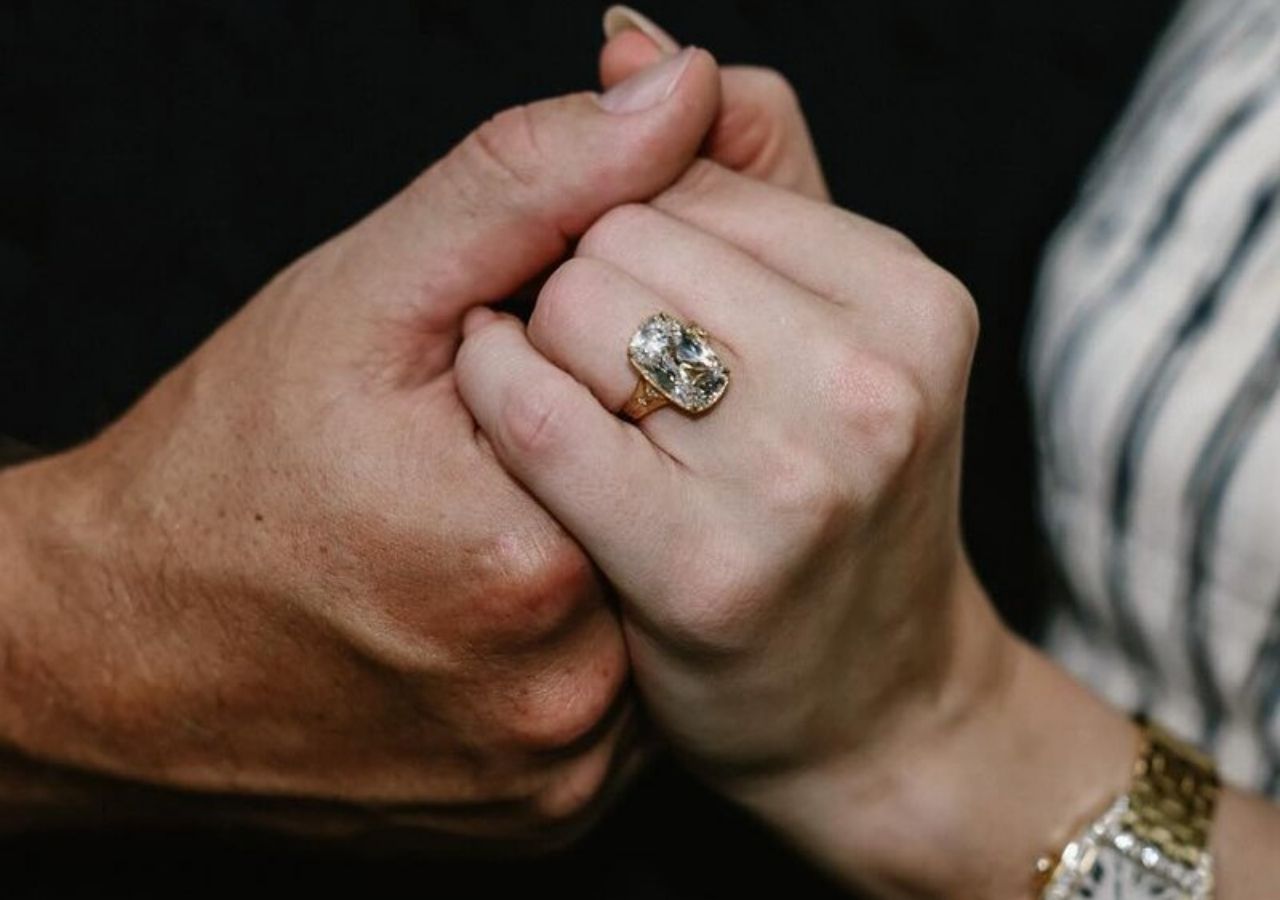
Page Table of Contents
Taylor Swift's recent engagement has dominated headlines, and while fans are quick to celebrate the personal milestone, there's something even more interesting beneath the surface. For years, Swift has been turning her private relationships into public art, and in doing so, she's given anyone who cares about music a living lesson in how to write songs that actually matter.
Her catalog is not just entertainment—it's practically a manual for making music that people care about. Think about it: "Love Story" took a teenage crush and turned it into a universal anthem. "All Too Well" dissected heartbreak so carefully it felt like collective therapy. And then there's "Lover" and "Lavender Haze", both proving that mature love can still be written about in fresh ways.
What makes her worth studying isn't just the emotional honesty—it's the craft. She chooses her lyrics with precision, she matches tempo to feeling, and she understands how to bring fans into the story. If you're someone who's trying to write songs or simply understand why her music connects, the clues are all right there.
One reason her catalog is so effective is that it mirrors her life. Each album has carried a different shade of romance, and by watching that progression, we get a roadmap of how to write love songs that grow as you do.
Take "Love Story." It wasn't just a sweet melody—it reframed a private experience as a Shakespearean tale with a happy ending. Who hasn't wanted their love life to play out like a movie? That's the trick: using archetypes and story structures that audiences already know, so the personal feels instantly familiar.

Then there's "All Too Well." Not the cliché heartbreak ballad, but a diary entry set to music. It wasn't "I'm sad because we broke up." It was scarves, autumn leaves, kitchen floors. Those details made it real, and that's why people cried to it in their cars. For songwriters, this is a lesson: don't just write about "heartbreak"—write about the scarf left behind.
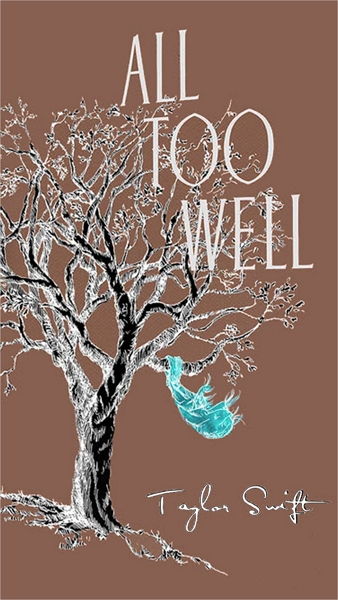
With "Lover," the tone shifts. No more teenage melodrama—this is adult love, sustainable and warm. It shows that songs don't need fireworks to feel profound. Sometimes the beauty is in the everyday, and tapping into that lets you reach an audience who's past the drama and looking for something steadier.
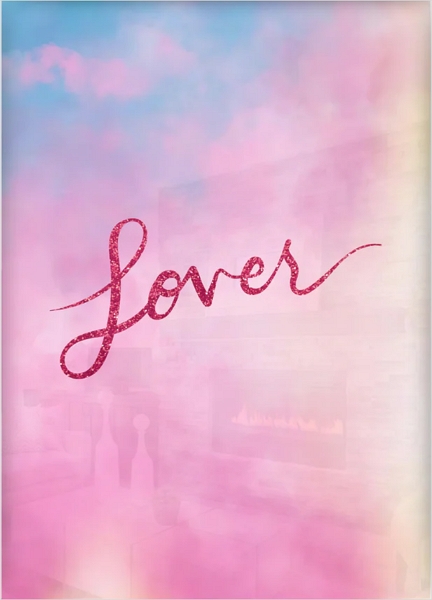
Fast forward to "Lavender Haze." Here she's not just singing about being in love, but about being in love while the whole world is watching. That's modern. That's relatable to anyone who's felt judged, whether by millions of fans or just a small circle of friends. Again, the message is simple: write about the world you're in, and chances are someone else is living it too.
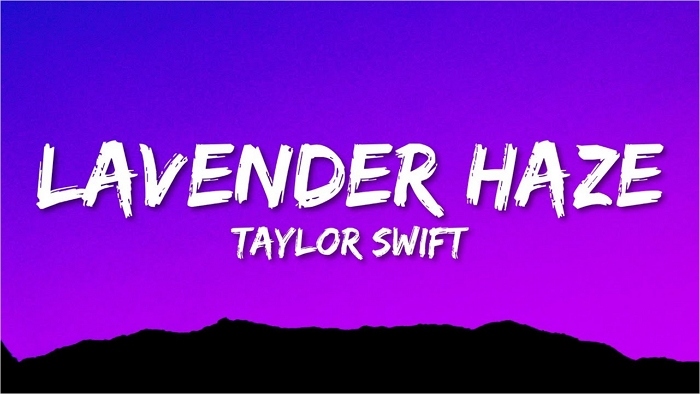
If you strip away the production, Taylor Swift is a writer first. That's why her songs hold up acoustically as much as they do in stadiums.
For anyone writing music: practice writing in scenes. Don't just say how you feel—show it with objects, places, and textures. Journals, quick notes, even overheard lines of conversation can become the bones of a lyric.
PS: An online AI lyrics generator will help you break through the writer's bottleneck.
Lyrics carry emotion, but tempo decides how that emotion lands. Swift knows this, and she shifts gears constantly depending on what the story demands.
It's not random—it's strategic. If you're writing, ask: do I want the listener to brood, to think, or to move? Then set your tempo accordingly.
Of course, writing the song is one thing. Making it matter to millions of people is another, and Swift is just as savvy here.
Boil it all down, and here's what her catalog teaches:
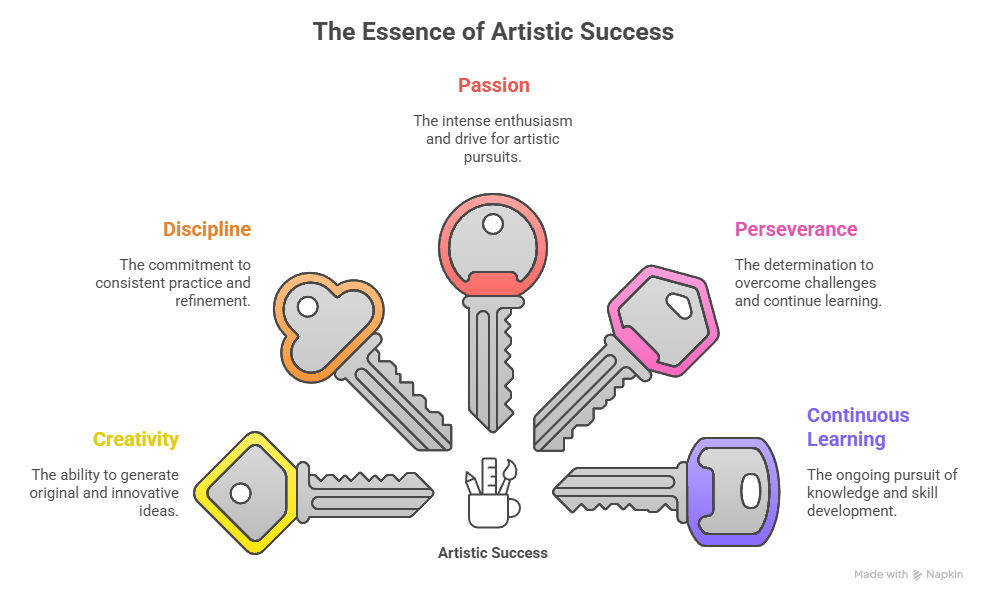
Taylor Swift's rumored engagement is the headline of the moment, but the bigger story is how she's spent two decades writing about love in ways that resonate across generations. Each song is more than a confession—it's a carefully constructed piece of craft, tied to choices in tempo, imagery, and strategy that make it unforgettable.
For creators, the message is clear: your best songs will come when honesty meets craft. Learn from your own life, but present it in ways others can step into. Play with pacing, play with imagery, and don't ignore the strategy of how your work reaches people.
Swift's catalog proves that love songs, when done with authenticity and skill, can last far longer than the romance that inspired them.

Discover why certain songs consistently defeat AI vocal separation tools. Learn which tracks challenge AI and how to improve your separation results.…

Learn the 4-step formula to identify any music genre by ear. Master rhythm, instruments, vocals & structure to become a music genre guru fast.…
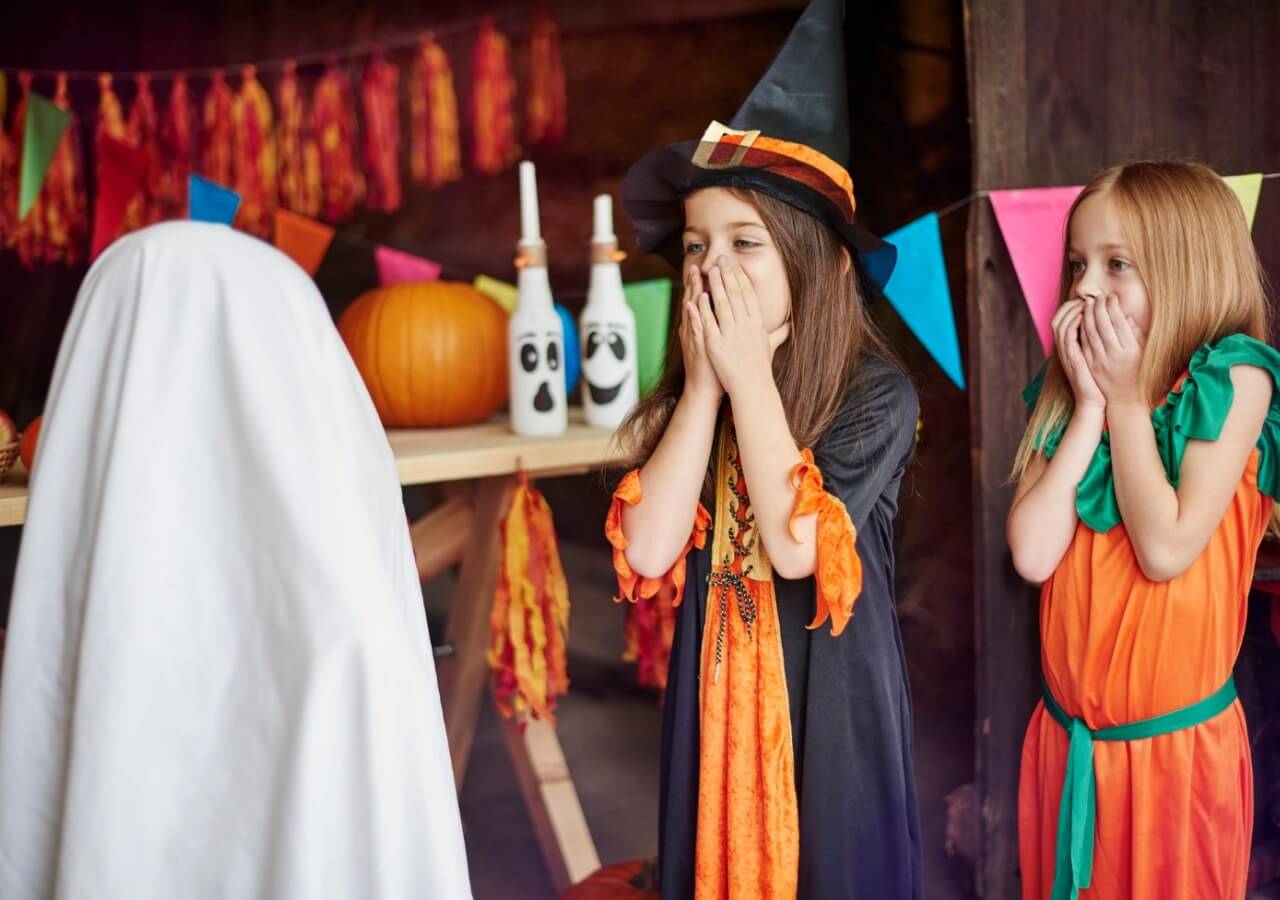
Find kid-friendly Halloween songs, activities, and playlist ideas to create a fun and spooky atmosphere for your students.…